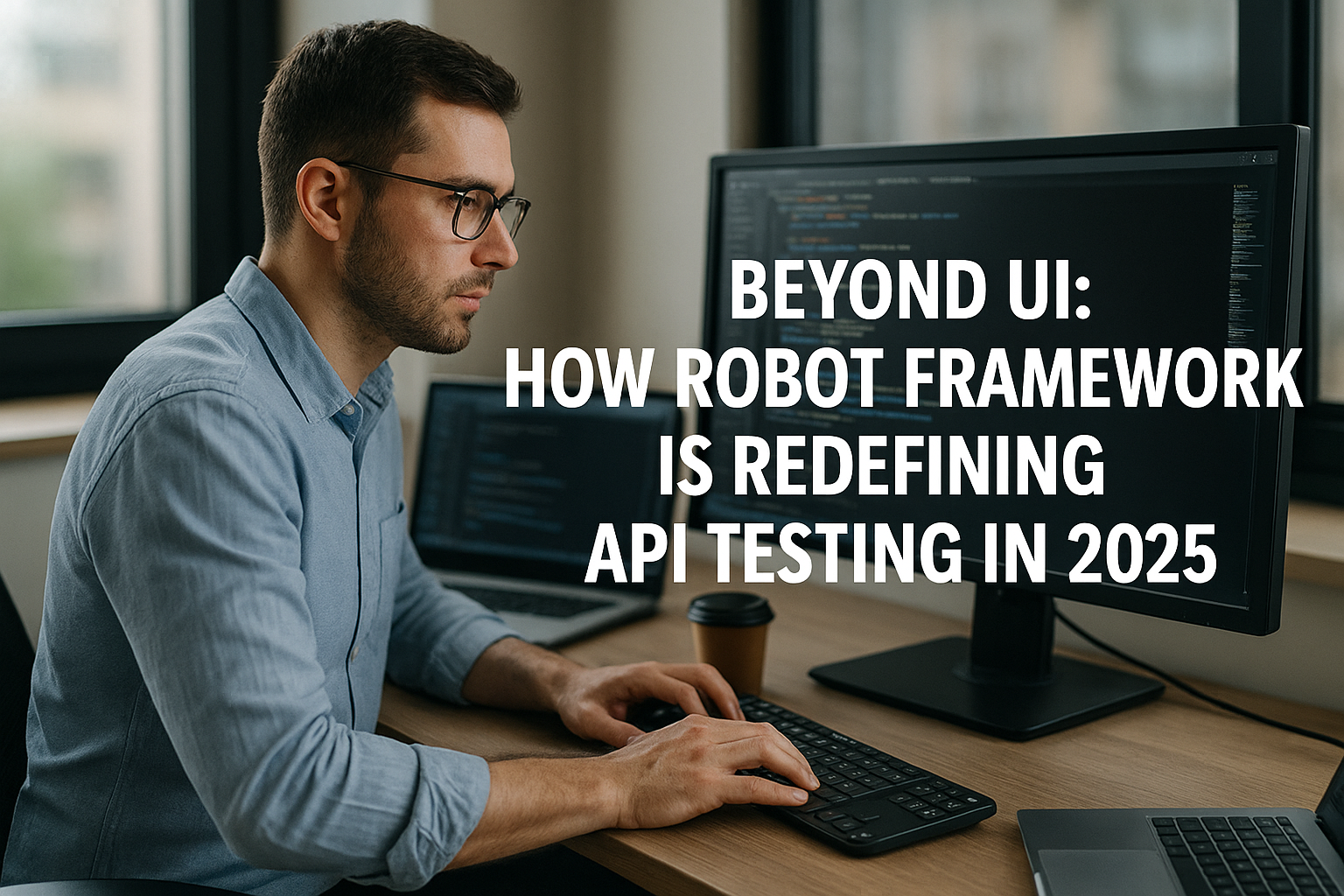Introduction
Software testing is essential for the delivery of high-quality applications that meet user expectations. Software testing provides a structured approach to testing, enabling testers to identify critical issues effectively. Whether you’re new to QA or an experienced tester, knowing these principles can help you test better and make software projects more successful.
If you’re looking to specialize further, check out our Selenium Certification Training to gain hands-on experience in automation testing.
Seven Key Principles of Software Testing
1. Testing Shows the Presence of Defects
Testing helps identify defects but cannot guarantee a defect-free software.
- Testing reduces the probability of undiscovered issues.
- The primary goal is to uncover as many defects as possible.
2. Exhaustive Testing is Impossible
Testing every possible combination of inputs and scenarios is not feasible.
- Prioritize tests based on risk and criticality.
- Focus on high-impact areas for maximum effectiveness.
3. Early Testing Saves Time and Costs
Starting testing in the early phases of the Software Development Life Cycle (SDLC) minimizes costs.
- Early defect detection ensures quick fixes.
- Developers can address issues before they escalate.
4. Defect Clustering
Based on the Pareto Principle, 80% of defects often occur in 20% of the application.
- Identify and focus on high-risk modules.
- Allocate testing resources to areas with higher defect density.
5. The Pesticide Paradox
Repetitive use of the same test cases reduces their effectiveness.
- Regularly review and revise test cases.
- Add new scenarios to uncover additional defects.
6. Testing is Context-Dependent
Different types of applications require different testing approaches.
- Testing an e-commerce website is different from testing a mobile app.
- Tailor your strategy based on the application’s requirements and risks.
7. Absence of Errors Fallacy
Even if no defects are found, the software might not meet user needs.
- Ensure the application aligns with business requirements.
- Validate usability and functionality from a user perspective.
Qualities of an Exceptional Software Tester

To excel as a tester, cultivating these qualities is essential:
- Curiosity
- Question assumptions and explore potential outcomes.
- Investigate application behavior thoroughly.
- Logical Thinking
- Approach testing with a problem-solving mindset.
- Uncover hidden bugs through analytical reasoning.
- Attention to Detail
- Focus on every element of the application.
- Identify overlooked errors that could affect usability.
- Imagination
- Envision scenarios beyond documented requirements.
- Anticipate edge cases and potential failures.
- Effective Communication
- Collaborate with development teams for clarity.
- Document defects clearly to facilitate quick resolutions.
- Prioritization Skills
- Focus on high-priority bugs that impact functionality.
- Allocate resources effectively to optimize results.
- Adaptability
- Learn from mistakes to improve your strategies.
- Stay updated with the latest testing tools and techniques.
Why Learn Software Testing?
Manual testing lays the foundation for delivering robust software. By mastering the principles of testing, you can:
- Enhance your skills in identifying critical defects.
- Reduce risks and ensure software reliability.
- Build a rewarding career in software quality assurance.
👉 Explore our Self-Paced Manual Testing Courses or take a step with our Master of Manual Testing Training.
Conclusion
The principles of software testing are vital for ensuring high-quality software delivery. By following these principles, testers can uncover defects effectively, minimize risks, and add value to the software development process.
For a deeper dive into manual testing and related topics, visit our Manual Testing Category.
Stay tuned for our next article on the SDLC concept, and happy learning until then!












